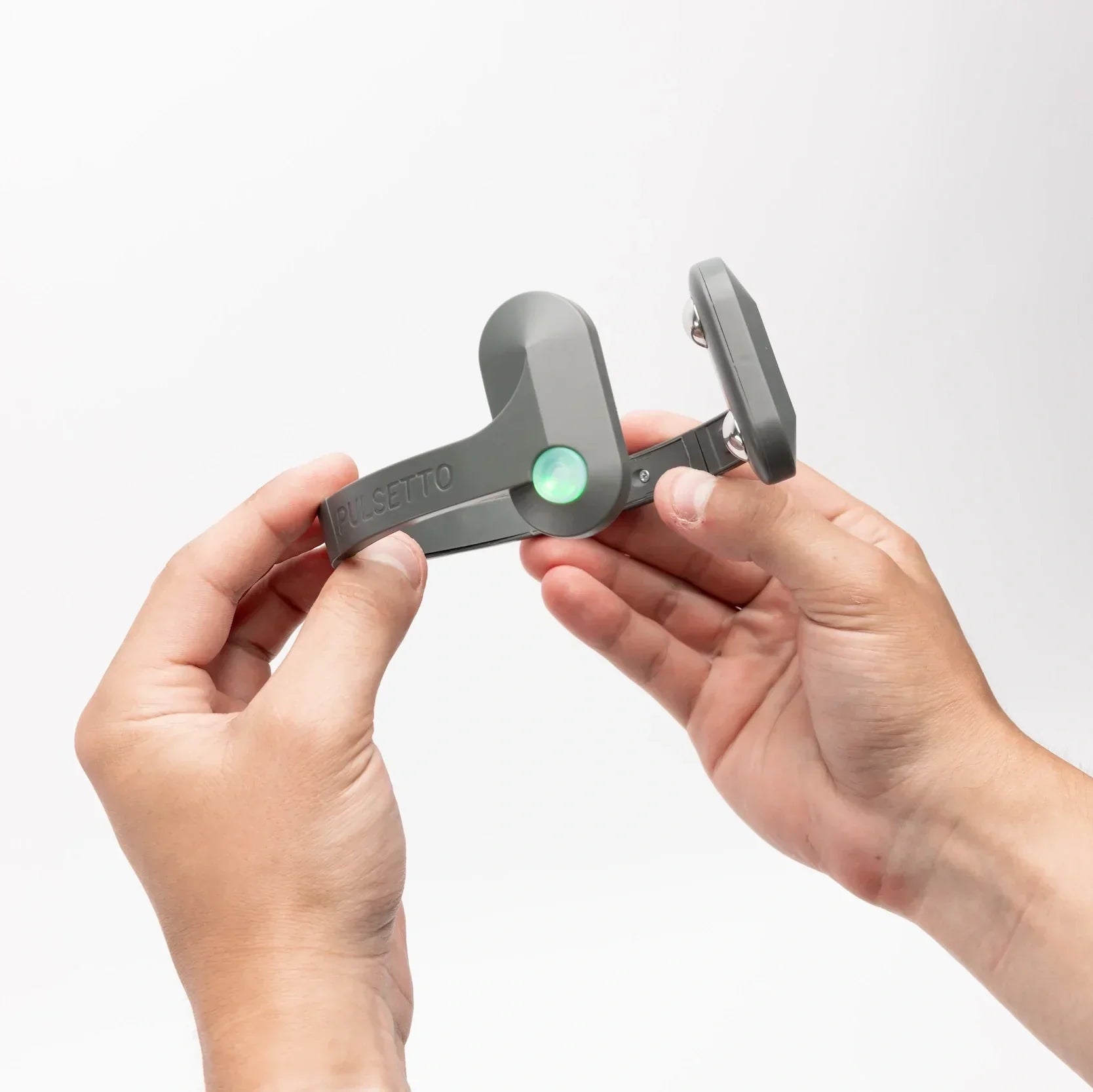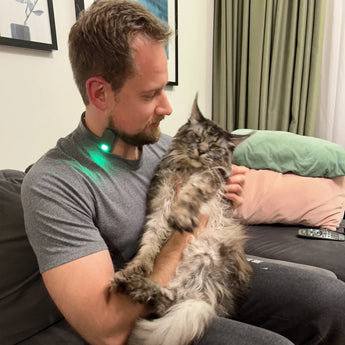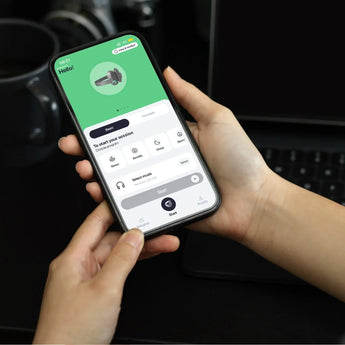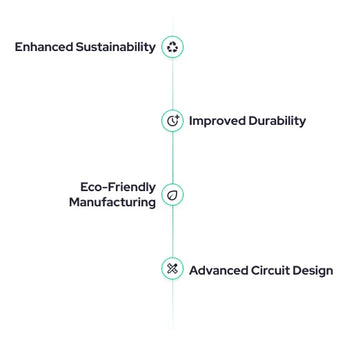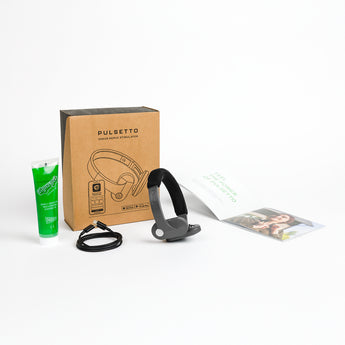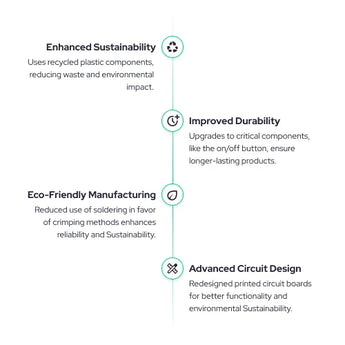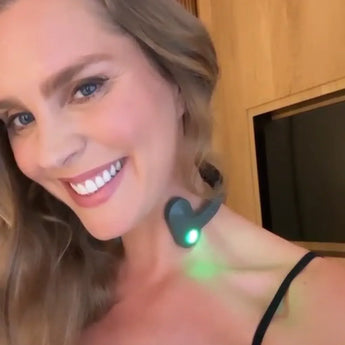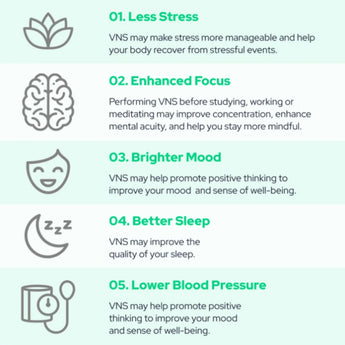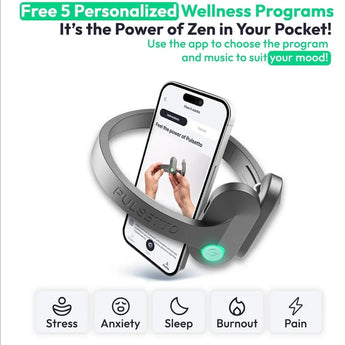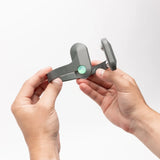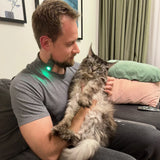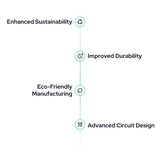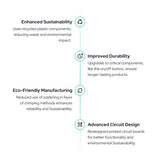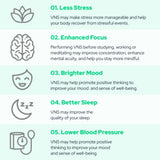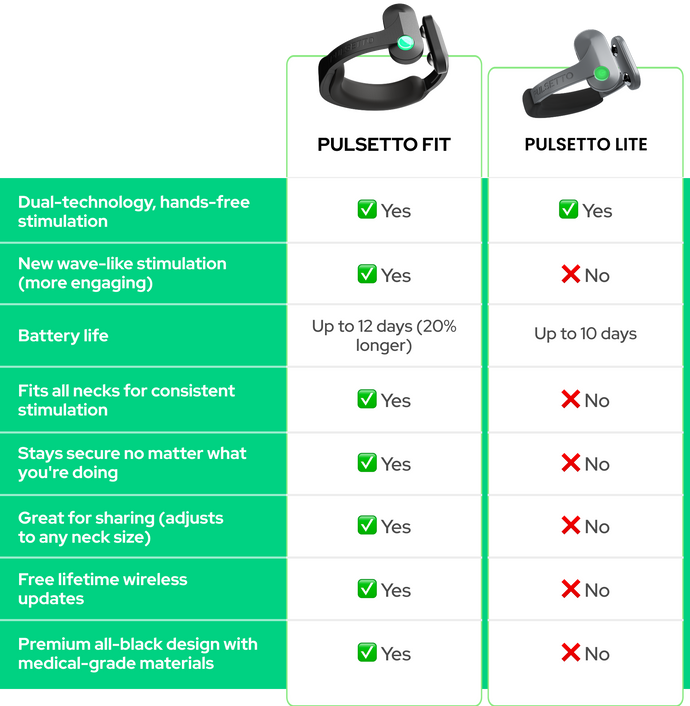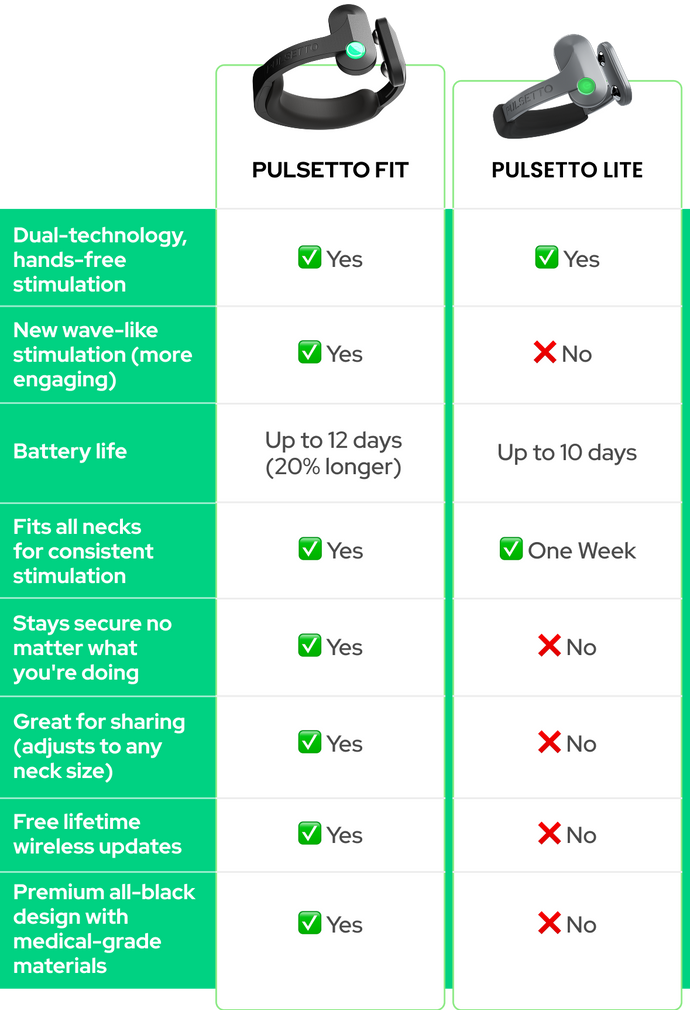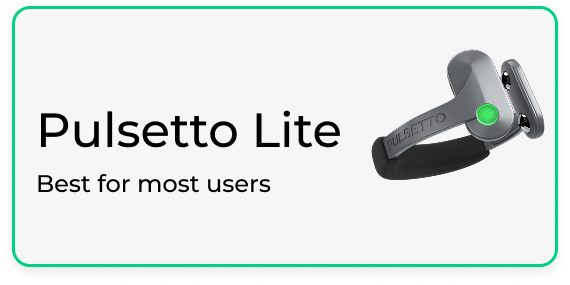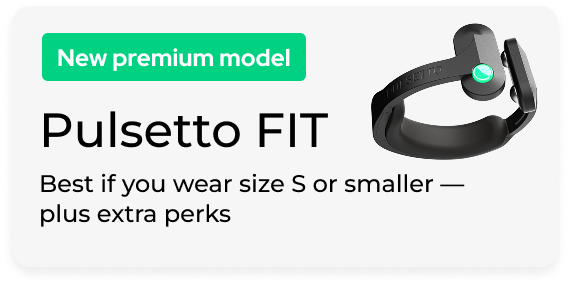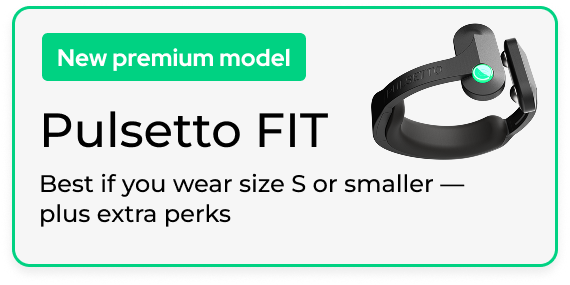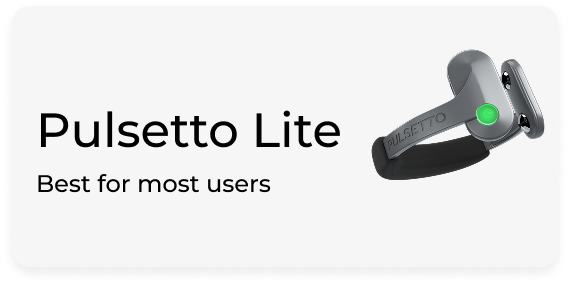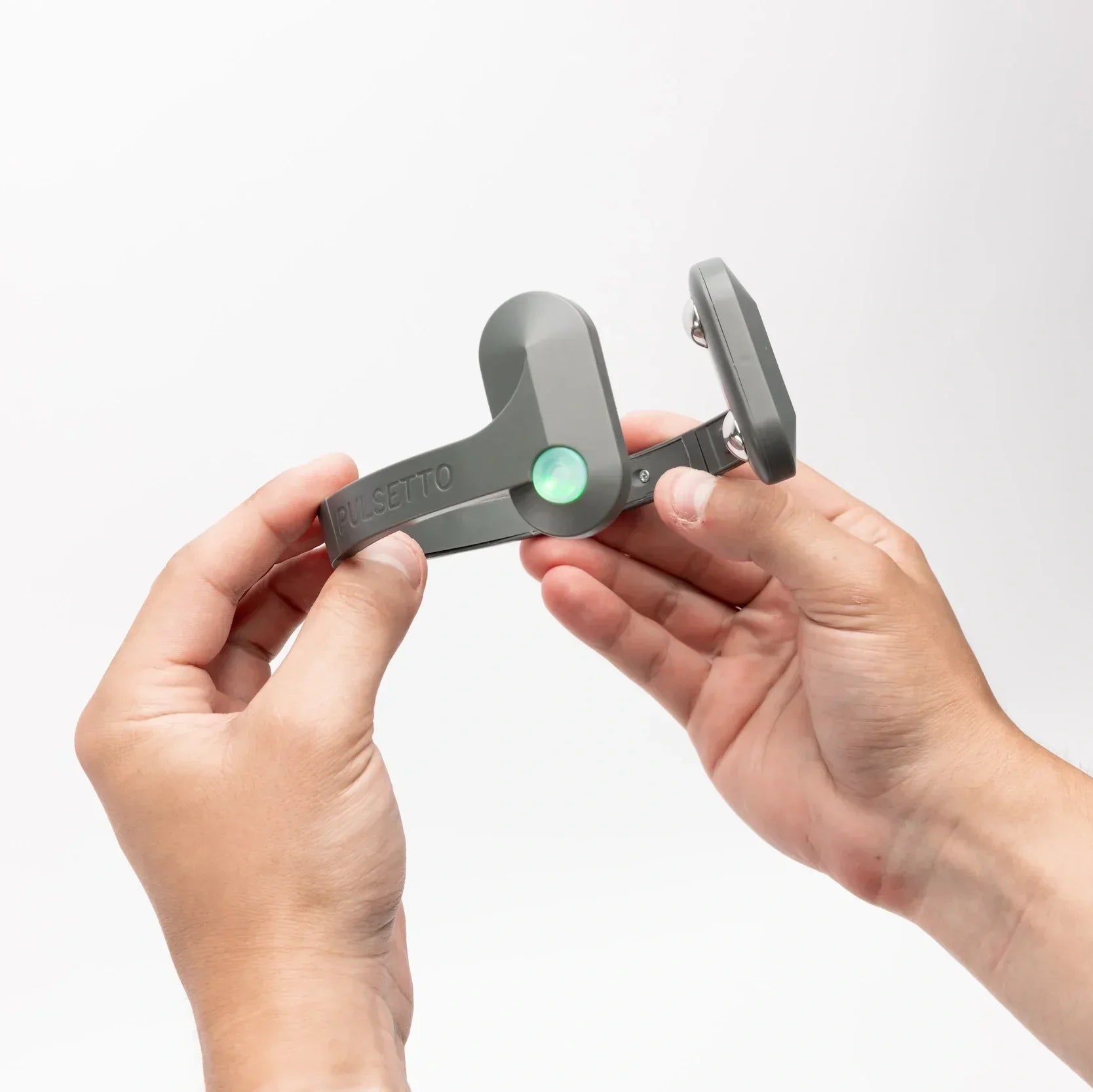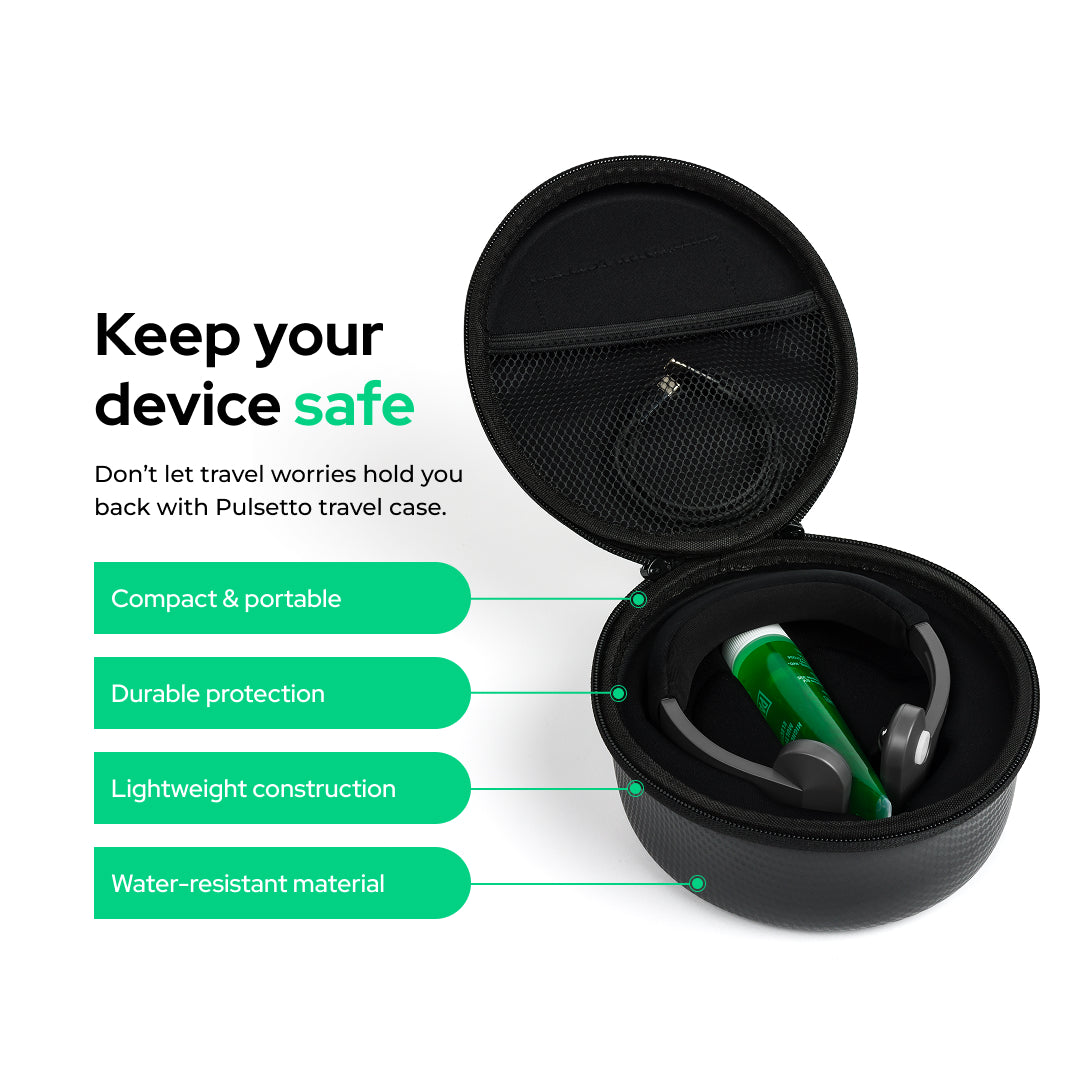Helpen oefeningen voor de nervus vagus & niet-invasieve behandelingen bij gewichtsverlies?
Als het gaat om gewichtsverlies, is er geen wondermiddel. Het opnemen van oefeningen voor de nervus vagus en niet-invasieve behandelingen in je routine kan echter een verrassende boost geven aan je inspanningen - je zou de natuurlijke gewichtsregulatieprocessen van je lichaam kunnen verbeteren.
Effectieve Oefeningen voor de Nervus Vagus
Geloof het of niet, je kunt je nervus vagus trainen net als een spier. Hier zijn enkele eenvoudige, maar effectieve oefeningen die je kunnen helpen je nervus vagus te stimuleren:
-
Diepe ademhaling: Langzame, diepe ademhalingen kalmeren het zenuwstelsel en verhogen de vagale toon.
-
Gorgelen: Dagelijks gorgelen met water activeert de nervus vagus.
-
Zingen of Neuriën: Deze activiteiten stimuleren de nervus vagus omdat deze verbonden is met je stembanden.
Deze oefeningen zijn gemakkelijk uit te voeren - en ze bieden het bijkomende voordeel van ontspanning, wat op zichzelf al gunstig kan zijn voor gewichtsverlies. Stress is een bekende factor bij gewichtstoename, dus alles wat helpt stress te verminderen kan indirect helpen bij het beheersen van je gewicht.

Langzame, diepe ademhalingen kunnen de zenuwen kalmeren en de vagale toon verbeteren.
Verkenning van Niet-Invasieve Vaguszenuwbehandelingen
Naast oefeningen zijn er niet-invasieve behandelingen beschikbaar die zich richten op de nervus vagus. Deze omvatten:
-
Transcutane Vaguszenuwstimulatie (tVNS): Dit houdt in dat een apparaat zoals Pulsetto elektrische stimulatie aan de nervus vagus levert via de huid.
-
Acupunctuur: Bepaalde acupunctuurpunten zouden de nervus vagus stimuleren.
-
Biofeedback: Deze therapie gebruikt sensoren om je te helpen de functies van je lichaam te beheersen, wat mogelijk de vagale toon verbetert.
Deze behandelingen winnen aan populariteit nu meer mensen op zoek zijn naar alternatieve manieren om hun gezondheid te verbeteren en hun gewicht te beheersen. Ze bieden een veelbelovende aanvulling op traditionele methoden voor gewichtsverlies zoals dieet en beweging.
Resultaten Vergelijken: Oefeningen vs. Niet-Invasieve Oplossingen
Hoewel oefeningen gratis zijn en overal en altijd kunnen worden gedaan, vereisen niet-invasieve behandelingen vaak gespecialiseerde apparatuur of de hulp van een professional. Beide methoden zijn echter gericht op het verbeteren van de vagale toon, wat kan helpen bij het reguleren van eetlust en stofwisseling.
De sleutel is consistentie - of je nu kiest voor oefeningen, niet-invasieve behandelingen of een combinatie van beide, het volhouden ervan op de lange termijn zal leiden tot de beste resultaten. En onthoud, deze methoden moeten een gezonde voeding en regelmatige lichaamsbeweging aanvullen, niet vervangen.
Hoe Helpt Vaguszenuwstimulatie bij Gewichtsverlies?
VNS helpt bij gewichtsverlies door invloed uit te oefenen op de hersen-darmas, die verantwoordelijk is voor het signaleren van honger en verzadiging. Door deze communicatie te moduleren, kan VNS de eetlust verminderen, het verzadigingsgevoel vergroten en zelfs de manier waarop je lichaam vet verwerkt en opslaat beïnvloeden.
Onderzoek suggereert dat VNS de productie van neurotransmitters zoals serotonine en noradrenaline verandert, die een rol spelen bij de regulatie van stemming en eetlust. Bovendien is aangetoond dat het de stofwisseling van glucose en vetten beïnvloedt, wat mogelijk leidt tot effectievere gewichtsbeheersing.
Hoewel de exacte mechanismen nog worden bestudeerd, wijzen de bewijzen erop dat VNS een waardevol hulpmiddel is in de strijd tegen obesitas en aanverwante gezondheidsproblemen.

Vagus zenuwstimulatie (VNS) helpt bij gewichtsverlies door de communicatie tussen je hersenen en darmen over honger en verzadiging te beïnvloeden.
Pulsetto: Vagus Nerve Stimulator voor gewichtsverlies

Het Pulsetto vaguszenuwstimulatieapparaat.
Bij Pulsetto hebben we een apparaat ontwikkeld dat is ontworpen om VNS op een handige, niet-invasieve manier te bieden. Het maakt deel uit van een nieuwe golf technologie die de kracht van de nervus vagus wil benutten om gewichtsverlies te ondersteunen.
Maar zoals bij elke nieuwe technologie is het belangrijk om het bewijs erachter te overwegen. Hoewel Pulsetto en vergelijkbare apparaten een hightech benadering van VNS bieden, zijn ze geen op zichzelf staande oplossing - ze moeten worden gebruikt in combinatie met een uitgebalanceerd dieet en regelmatige lichaamsbeweging voor de beste resultaten.
Klaar om je gewichtsverliesreis naar een hoger niveau te tillen? Probeer Pulsetto vandaag en ervaar zelf de voordelen van VNS-technologie!
Veelgestelde vragen (FAQ)
Wat is de nervus vagus en hoe hangt deze samen met gewichtsverlies?
De nervus vagus is een cruciaal onderdeel van het parasympathische zenuwstelsel, dat een breed scala aan lichaamsfuncties regelt, waaronder stemming, immuunrespons, spijsvertering en hartslag. Wat betreft gewichtsverlies reguleert het eetlust- en verzadigingssignalen, evenals de stofwisseling, wat een aanzienlijke invloed kan hebben op je vermogen om gewicht te beheersen.
Kan vaguszenuwstimulatie gewichtsverlies veroorzaken?
Ja, VNS kan mogelijk gewichtsverlies veroorzaken door invloed op eetlust, spijsvertering en stofwisseling. Het moet echter worden opgemerkt dat de resultaten kunnen variëren en het geen universele oplossing is. Raadpleeg altijd een zorgprofessional voordat je met een nieuwe behandeling voor gewichtsverlies begint.
Hoe veilig zijn vaguszenuwstimulatiebehandelingen?
VNS-behandelingen, vooral niet-invasieve, worden over het algemeen als veilig beschouwd. Ze worden al jaren gebruikt voor de behandeling van aandoeningen zoals epilepsie en depressie met een goed veiligheidsprofiel. Zoals bij elke medische behandeling kunnen er echter bijwerkingen optreden, en het is belangrijk deze behandelingen onder begeleiding van een professional te gebruiken.
Zijn er bijwerkingen bij het gebruik van Pulsetto?
Zoals bij elk apparaat dat elektrische stimulatie biedt, is er een mogelijkheid voor bijwerkingen met Pulsetto. Veelvoorkomende bijwerkingen kunnen milde ongemakken op de plaats van stimulatie of tijdelijke hoofdpijn zijn. Ernstige bijwerkingen zijn echter zeldzaam. Lees altijd de gebruikershandleiding en raadpleeg een zorgverlener voor persoonlijk advies.
Hoe lang duurt het voordat je resultaten ziet van VNS?
De resultaten van VNS variëren sterk van persoon tot persoon. Sommigen merken relatief snel veranderingen in hun eetlust en spijsvertering, terwijl het voor anderen langer kan duren voordat ze merkbaar gewichtsverlies zien. Consistentie en het combineren van VNS met andere gezonde gewoonten zijn essentieel voor het bereiken en behouden van resultaten.




